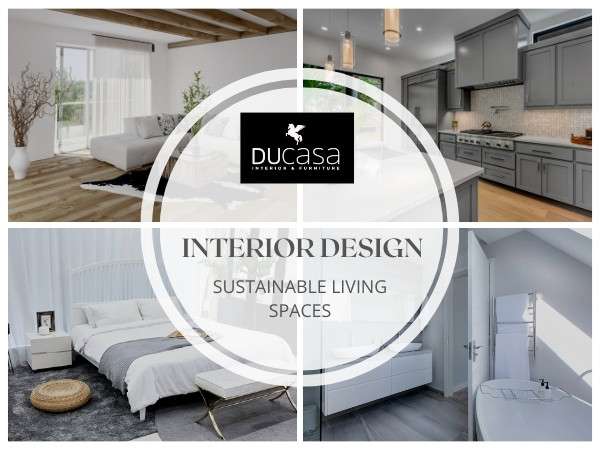In a world increasingly concerned about environmental sustainability, the concept of eco-friendly interior design has gained significant traction. It’s not just about aesthetics anymore; it’s about creating living spaces that minimize environmental impact while maximizing comfort and functionality. Welcome to the realm of sustainable living spaces, where eco-consciousness meets contemporary design.
Understanding Sustainable Interior Design
Sustainable interior design is all about making conscious choices that reduce the environmental footprint of a space. It involves using materials and resources that are renewable, recyclable, or biodegradable, and minimizing waste and energy consumption throughout the design process.
The Benefits Of Sustainable Living Spaces
Embracing sustainable interior design comes with a plethora of benefits, both for the environment and for the occupants of the space. Here are just a few:
- Reduced Environmental Impact
By using eco-friendly materials and practices, you can significantly decrease the carbon footprint of your living space. - Healthier Indoor Air Quality
Many conventional building materials emit harmful chemicals known as volatile organic compounds (VOCs). Sustainable materials, on the other hand, tend to be low in VOCs, contributing to healthier indoor air quality. - Cost Savings
While sustainable materials and technologies may have a higher upfront cost, they often result in long-term savings through reduced energy consumption and maintenance costs. - Enhanced Comfort
Sustainable design principles can lead to spaces that are not only environmentally friendly but also more comfortable and inviting for occupants.
Incorporating Sustainability Into Interior Design
So, how can you bring sustainability into your own living space?
- Choose Eco-Friendly Materials
Opt for materials such as bamboo, cork, reclaimed wood, recycled glass, and low-VOC paints and finishes. These options are not only sustainable but also stylish and durable. - Maximize Natural Light
Reduce the need for artificial lighting by maximizing natural light through strategic window placement, skylights, and light-colored walls and surfaces. - Embrace Energy-Efficient Appliances
Invest in energy-efficient appliances and fixtures, such as LED lighting, ENERGY STAR-rated appliances, and smart thermostats, to minimize energy consumption. - Prioritize Indoor Plants
Incorporate indoor plants into your design scheme to improve air quality, reduce stress, and add a touch of nature to your living space. - Reduce, Reuse, Recycle
Embrace the principles of reduce, reuse, and recycle by repurposing existing furniture and decor, shopping secondhand, and recycling whenever possible.
Sustainable Interior Design
Let’s take a look at a few real-life examples of sustainable interior design in action:
- The Green Office Space
By incorporating energy-efficient lighting, recycled materials, and indoor plants, this office space not only reduces its environmental impact but also creates a healthier and more productive work environment for employees.
- The Eco-Friendly Kitchen
This kitchen features countertops made from recycled glass, cabinets crafted from sustainable wood, and energy-efficient appliances, making it both stylish and environmentally responsible. - The Biophilic Living Room
Inspired by nature, this living room incorporates natural materials, such as wood and stone, along with ample greenery to create a calming and rejuvenating space for relaxation.
To conclude, sustainable living spaces are not just a trend; they’re a necessity in today’s world. By embracing eco-friendly interior design principles, we can create spaces that are not only beautiful and functional but also environmentally responsible. Whether you’re renovating your home, designing a new office space, or simply updating your decor, remember that every choice you make has the power to make a positive impact on the planet. So let’s design for a sustainable future—one living space at a time.

